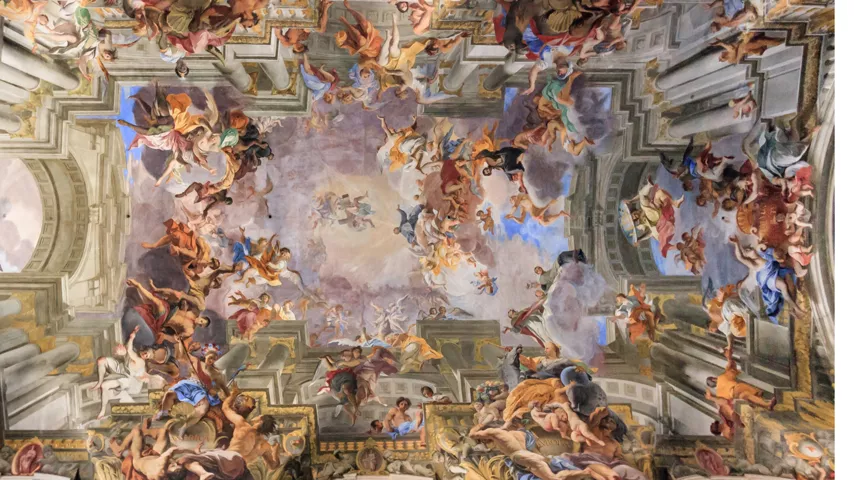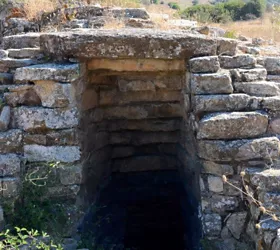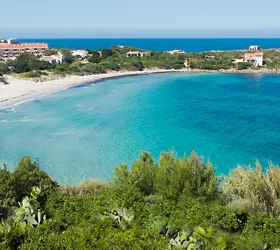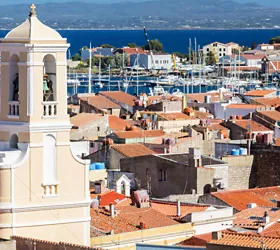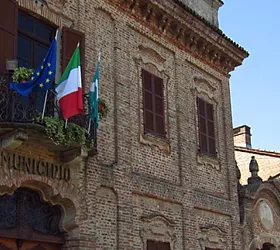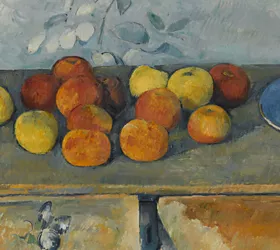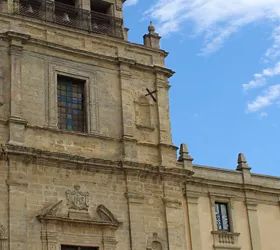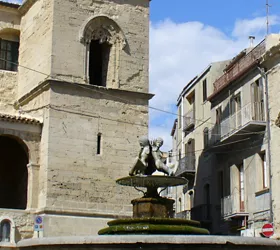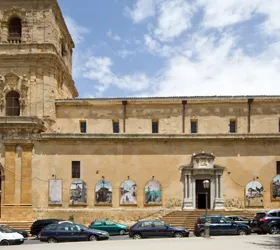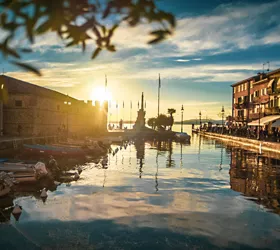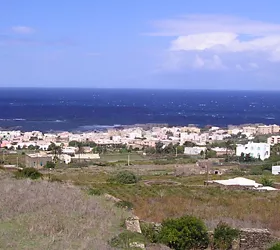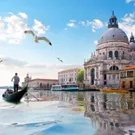Vinci
Orange Flag of the Italian Touring Club
The village inextricably links its name to that of Leonardo, who was born here. Vinci has its centre in the Castello dei Conti Guidi, also known as the "ship's castle" for the elongated shape that recalls the shape of a sailing boat. In addition to preserving a beautiful ceramic Madonna and Child by Giovanni della Robbia, today it houses the Leonardian Museum, one of the largest and most original collections of machines and instruments, dedicated to Leonardo, a technologist and engineer, and more generally to the history of technology in the Renaissance.
Also worth a visit are the church of Santa Croce, where Leonardo was baptised, and the contemporary works of art dedicated to him, such as Mario Ceroli's sculpture in Piazza del Castello, Nina Akamu's bronze Horse and Mimmo Paladino's Piazza dei Guidi. Also noteworthy is the Leonardian Library, an international documentation centre.
Apart from the birthplace of Leonardo in Anchiano, 3 km from Vinci: here a life-size hologram meets visitors and through digital animations and interactive applications presents the history of the Genius, his biography and his works.
The hills around Vinci offer excellent products such as extra virgin olive oil and Chianti wine.


